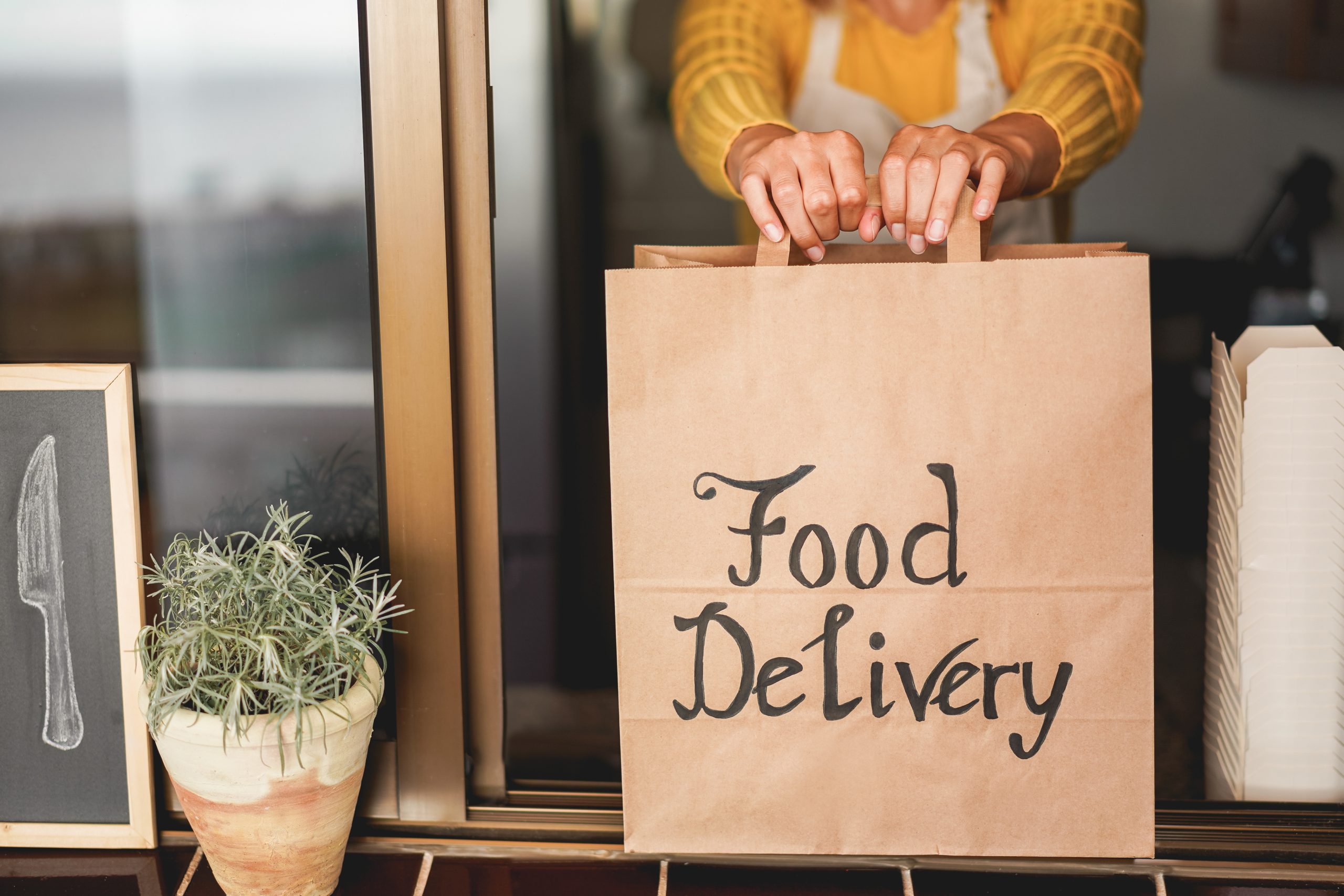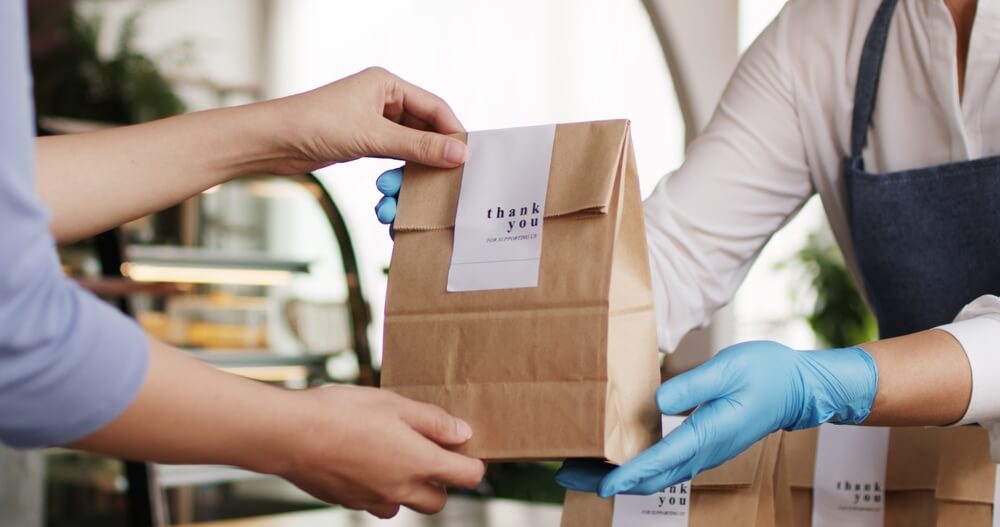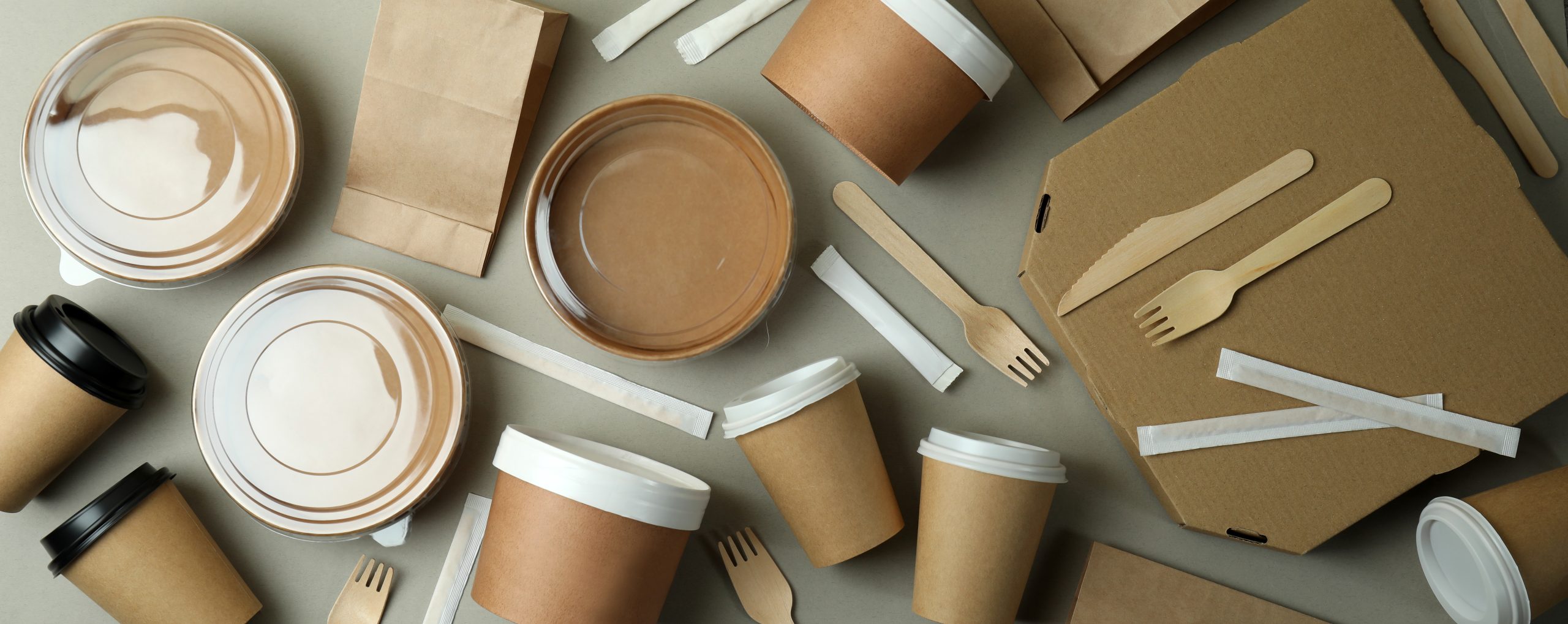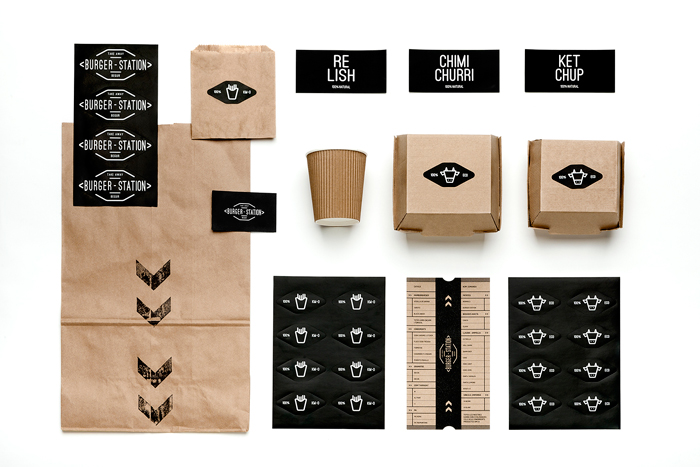Packaging To Reduce Food Waste: How It Can Help
Food waste is a growing global crisis, with the United Nations estimating that nearly one-third of all food produced each year is wasted. This waste not only costs businesses and households billions of pounds annually, but it also has a severe environmental impact, contributing to greenhouse gas emissions and depleting valuable resources such as water and energy. Choosing appropriate packaging materials, such as paper, wood, and plastics, is crucial to balance food preservation and sustainability. There are important trade-offs involved in selecting packaging material for food preservation and waste reduction. While solutions such as better forecasting, improved logistics, and consumer education are essential, one area is often underestimated – packaging.
Effective packaging to reduce food waste can play a major role in extending shelf life, protecting products during transit, and maintaining quality until the point of consumption. For food producers, retailers, and hospitality businesses, the right packaging can be the difference between a product being sold and enjoyed or ending up in landfill. Improved packaging can also increase market access for surplus food, helping to ensure that food reaches disadvantaged groups and reducing waste through better distribution and access.
The Link Between Packaging and Food Waste
Many cases of food waste can be traced back to poor or inadequate packaging. Fragile materials, loose seals, and designs that fail to protect against air or moisture all accelerate the deterioration process. For example, fresh produce stored in packaging without adequate ventilation may wilt or spoil prematurely, while bakery goods in loosely sealed bags can quickly go stale. The connection between food packaging and food waste is clear – when packaging fails to preserve freshness, the shelf life shortens, and more food is discarded. Using durable, resealable containers can help prevent physical damage during transportation and storage, maintaining food quality and extending shelf life.
On the other hand, innovative and well-engineered packaging provides a strong protective barrier against environmental factors, slows microbial growth, helps maintain hygiene by preventing microbial contamination, and helps reduce food spoilage significantly. Investing in better packaging is not only a sustainability measure but also a smart business decision, as it ensures products reach consumers in peak condition.
The Impact of Plastic Packaging
Plastic packaging has become an essential tool in the fight against food waste, thanks to its ability to preserve food quality and extend shelf life. By creating a strong barrier against microbes, moisture, and UV light, plastic packaging helps keep food fresher for longer, reducing the chances of it being wasted by consumers. This is especially important given that, according to the Food and Agriculture Organisation (FAO), around one-third of all food produced globally is lost or wasted each year – a staggering 1.3 billion tons. By maintaining freshness and preventing spoilage, plastic packaging plays a crucial role in reducing food waste at every stage of the supply chain.
The benefits of plastic packaging are particularly evident when it comes to fresh produce. Fruits and vegetables are highly perishable, and without adequate protection, they can quickly become damaged or spoiled during transportation and storage. Research has shown that plastic packaging can extend the shelf life of strawberries by up to 50%. This not only helps prevent food loss but also reduces the environmental impacts associated with food production, such as greenhouse gas emissions and wasted resources like water and energy.
However, the widespread use of plastic packaging also raises significant environmental concerns. The production and disposal of plastic packaging contribute to plastic waste, which can harm ecosystems and wildlife if not managed responsibly. As a result, many consumers are now seeking alternatives, such as buying loose fruit and vegetables to cut down on packaging waste. Retailers and producers are also exploring ways to reduce packaging, switch to recyclable or compostable materials, and encourage reuse wherever possible.
Sustainable packaging solutions are gaining traction across the industry. Companies are experimenting with alternative materials, such as sugar cane-based packaging, which is both biodegradable and compostable. These innovations help reduce packaging waste and support a more circular economy. The UK’s Resources Action Programme has set ambitious targets to halve household food waste by 2030, and reducing packaging waste is a key part of this strategy. By adopting recyclable materials, minimising single use plastic, and promoting reuse, businesses can help create a more sustainable food system.
All in all, while plastic packaging is vital for reducing food waste and preserving food quality, it is equally important to address the environmental impacts of plastic waste. By embracing sustainable packaging practices, reducing unnecessary packaging, and supporting the development of alternative materials, the food industry can strike a balance between protecting food and protecting the planet. Working together, consumers, retailers, and producers can help reduce food waste, minimise packaging waste, and create a more environmentally friendly future for food production and consumption.
Types of Packaging That Help Reduce Waste
Modified Atmosphere Packaging (MAP)
MAP works by replacing the air inside a package with a controlled mixture of gases, often reducing oxygen levels to slow down bacterial growth and oxidation. This is particularly effective for perishable items like meat, seafood, and fresh produce, extending their shelf life without relying on artificial preservatives. By keeping food fresher for longer, MAP helps retailers and restaurants reduce the volume of unsold stock that must be discarded.
Vacuum-Sealed Options
Vacuum sealing removes virtually all air from the package, preventing oxidation and creating an environment that significantly slows the growth of bacteria and mould. It is an ideal solution for products like cheese, cured meats, and ready meals, ensuring they maintain flavour, texture, and quality for an extended period. For both businesses and consumers, this technology provides a simple yet highly effective way to reduce food spoilage.
Correctly Sized Food Packaging
Oversized packaging not only wastes materials but can also reduce product protection by allowing excess air circulation, which can speed up spoilage. Correctly sized food packaging ensures a snug fit that maintains product integrity, reduces damage during transit, and helps with portion control. Smaller, more precise packaging sizes also allow for better stock rotation and make it easier for consumers to buy only what they need, reducing the likelihood of excess food being thrown away.
Biodegradable Yet Protective Materials
Sustainability is a priority for many businesses and consumers, but eco-friendly packaging must still perform well in protecting food. Modern biodegradable films, compostable trays, and plant-based plastics provide the necessary protection to extend shelf life while also minimising environmental impact after disposal. These materials are increasingly being adopted across the industry, proving that you do not need to compromise on product preservation to meet sustainability targets.
The Role of Labelling and Communication
Beyond the physical packaging itself, the information it carries is just as important in helping to prevent food waste. A common cause of unnecessary disposal is confusion between “use by” dates, which indicate safety, and “best before” dates, which refer to quality. Misinterpretation can lead to perfectly safe food being thrown away. Clear, easy-to-read labelling helps consumers make informed decisions and avoid waste. On-pack information, such as storage instructions and date labeling, plays a crucial role in guiding consumers to store food properly and reduce unnecessary waste.
Not only that, but concise storage and usage instructions can extend the lifespan of products once purchased. For example, guidance such as “refrigerate after opening” or “store in a cool, dry place” enables customers to preserve freshness and reduce spoilage. In this way, packaging is both a protective tool and an educational resource in the fight against food waste.
Benefits Beyond Waste Reduction
Focusing on how packaging reduces food waste brings far-reaching advantages for both businesses and the environment. From a commercial perspective, extended shelf life and reduced wastage lead to cost savings, better stock management, and improved profit margins. For consumers, fresher products result in greater satisfaction, encouraging repeat purchases and building brand loyalty. Packaging strategies can be tailored to different foods; such as fresh produce, perishable items, and pantry goods, to maximise shelf life and minimise waste.
From an environmental standpoint, reducing food waste means cutting down on landfill contributions and the carbon emissions associated with decomposing organic matter. The use of eco-friendly materials, such as biodegradable and compostable options, also supports broader sustainability goals.
Ultimately, the connection between food packaging and food waste is too important to ignore. From correctly sized food packaging to advanced solutions like MAP and vacuum sealing, the right choices can drastically improve product life and reduce spoilage. Pairing these innovations with clear labelling and consumer guidance ensures that more food is enjoyed rather than wasted. Businesses that adopt these strategies are not only protecting their bottom line but also making a tangible contribution to global sustainability efforts.
At Ambican, we offer well-designed, intelligent packaging solutions that make it possible to safeguard freshness, reduce food spoilage, and help build a future where food waste is the exception rather than the norm.




